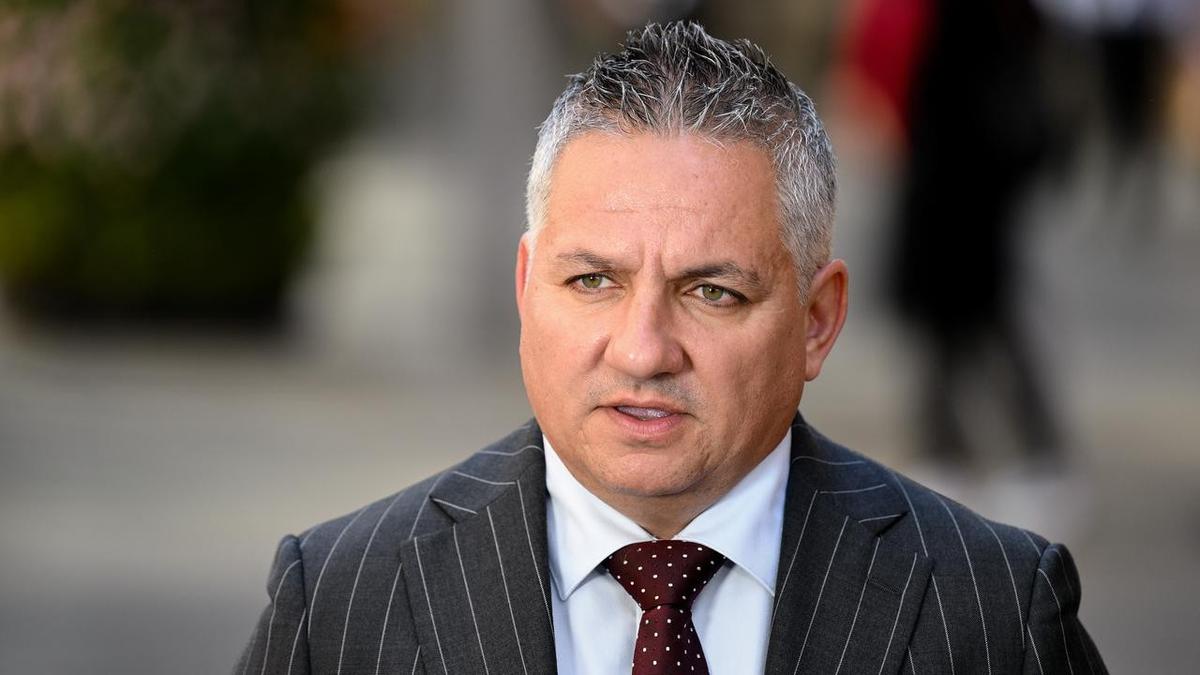Autonomous cars with no human behind the wheel could be roaming Australian roads in time for the 2032 Brisbane Olympic Games, a transport summit has been told. However, questions remain about their safety and cost.
Strict regulations will also need to be in place to govern their use around the event, according to speakers at the National Future Transport Summit in Brisbane. Despite these challenges, Australia was said to be “on track” to deliver them.
The predictions came as US car maker Tesla announced the launch of its self-driving software in Australia following weeks of testing and widespread speculation.
The two-day transport summit heard that Uber considers Australia a prime location for self-driving vehicles, given its embrace of ride-share options and proactive regulatory steps toward creating national laws.
Other countries that raced to adopt self-driving cars have had to change regulations on the fly, Uber Autonomous Policy Global Head Richard Willder told the audience.
“We certainly feel that Australia’s regulatory approach and the way that it’s going about it in such a thoughtful, holistic and really nuanced way is a very strong way to develop a regulatory framework,” he said.
“It’s going to take time and, overarchingly, Australia is on a very good pathway to get that done in the right way and then not have to reflect and reconsider and tweak things months after the fact.”
While the tech giant has abandoned plans to create its own self-driving technology, Uber has partnered with other firms to offer driverless rides in Abu Dhabi and US states including Arizona, California, and Texas.
The advanced cars are not appropriate for every ride or every type of weather, Mr. Willder said, but the technology could reduce road accidents as it improves.
“Autonomous vehicles have the potential to be safer, cheaper, faster, more efficient, fairer for everyone who needs them and better for the planet,” he said.
“They can see around corners, don’t get distracted, they don’t dip a chicken nugget into sauce while driving, and they don’t text. We are hoping to dramatically, over time and at scale, find ways to increase the safety of our road network.”
Australian transport ministers and the National Transport Commission are developing regulations for autonomous vehicles, having held a public consultation between April and June 2024.
The law will be designed to prepare Australia for the “small numbers of automated vehicles” expected by 2026.
Queensland Transport and Main Roads Director-General Sally Stannard said state regulators have been considering their preparedness for the technology in the lead-up to the Olympic Games.
“When the regulatory settings are going to be the limiting factor, we have to be ready,” she said. “The disruptors are going through the network and that’s what we’ve got to be ready for.”
The discussions came on the same day Tesla announced the wide release of its Full Self Driving Supervised software in Australia. The software promises to navigate most roads using cameras, maps, and software, but drivers are monitored and must be ready to take the wheel when required.
The software is an exciting development, NRMA spokesman Peter Khoury said, but drivers need to remember they remain liable for every move their car makes.
“It’s really important to understand that even with this technology, it is absolutely critical that as the driver you are in complete control at all times,” he said.
https://www.perthnow.com.au/news/transport/self-driving-car-forecasts-speed-up-after-tesla-launch-c-20062957



